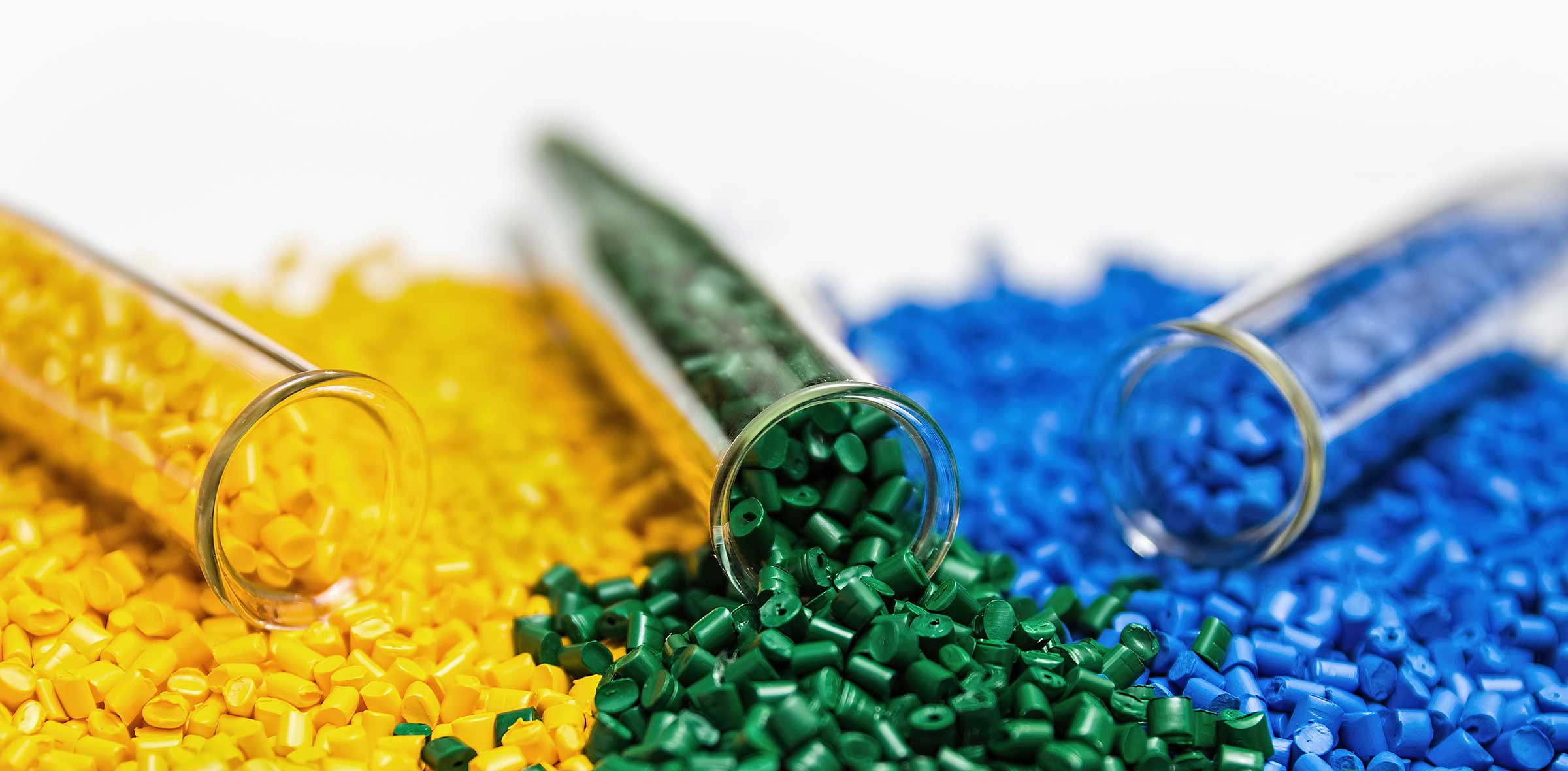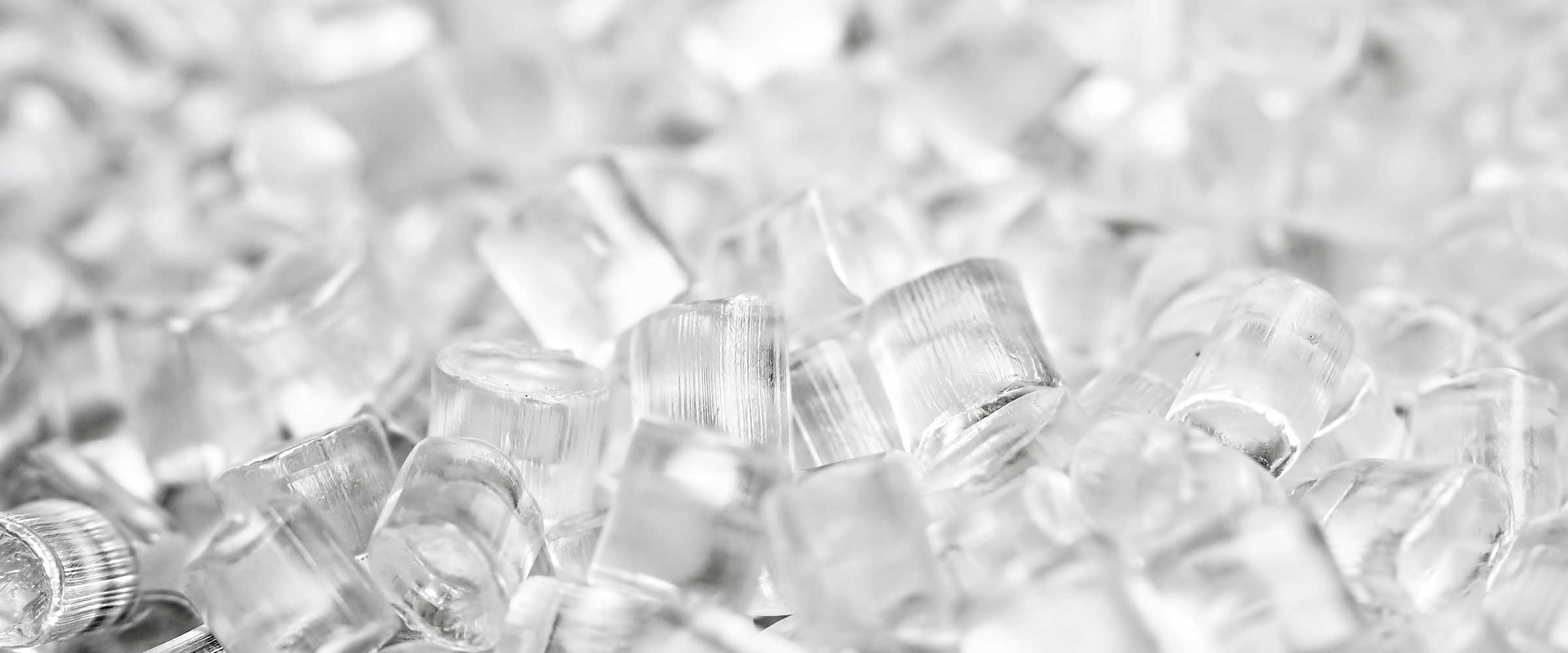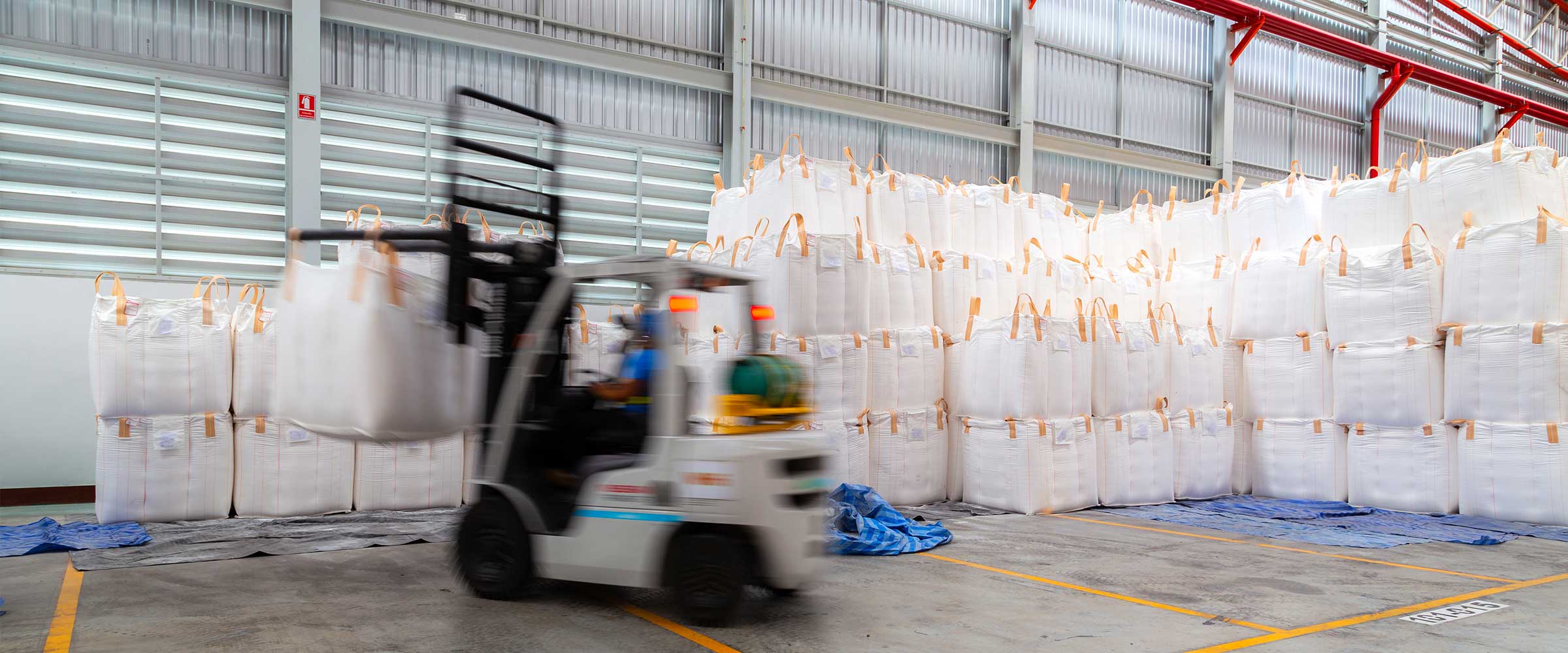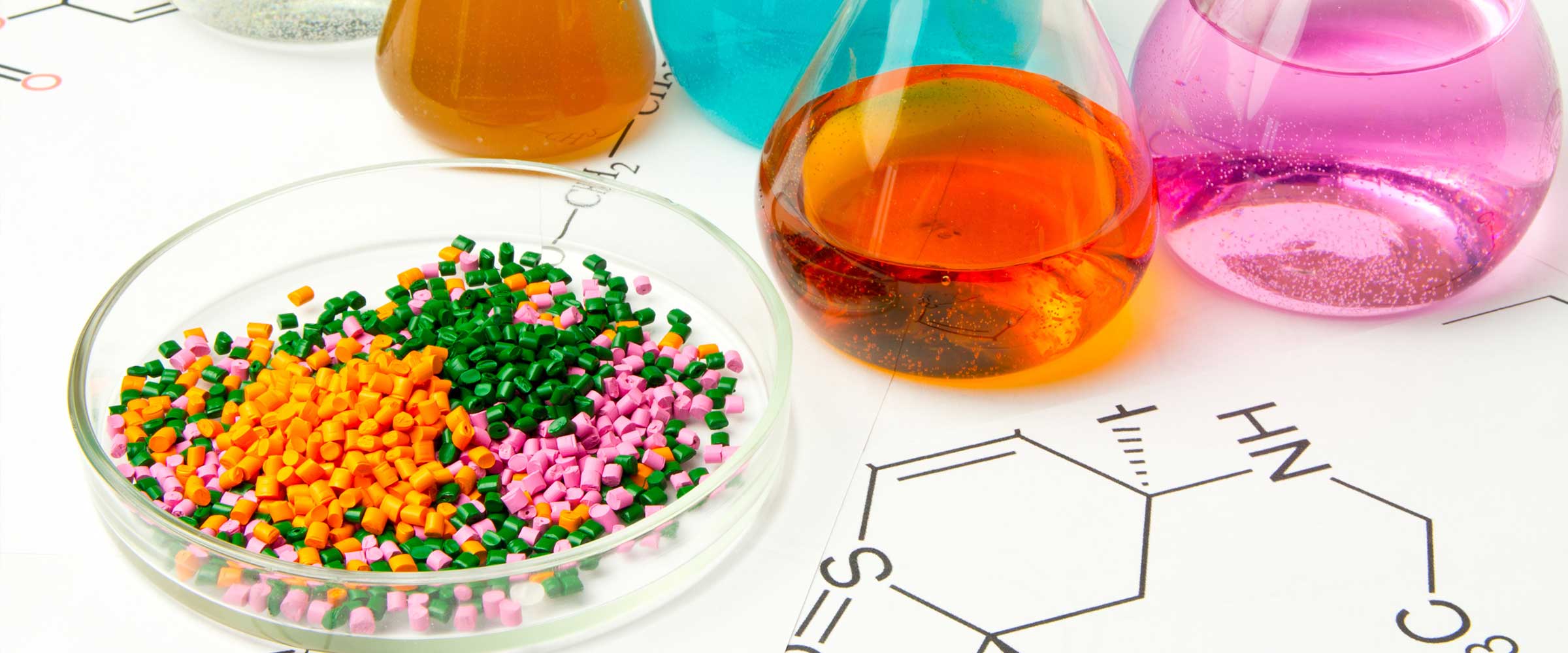
3LB Trading is a modern and dynamic trade company established in Hamburg, Germany. Our team consists of experts that have years of experience and knowledge of the global trade market. In addition, our team of experts are also well versed and familiar with international trade laws to fully assist and support our clients. Our primary area of focus is to supply chemical and petrochemical products that have a diverse range of industrial use.
We are fully dedicated to efficiently meet the needs of our clients and to provide them with the best solutions. We integrate devotion, knowledge, expertise, science, and courtesy to ensure impeccable transactions. It is our duty to streamline the supply chain of our clients and provide them with top quality services. At 3LB Trading, we understand the importance of customized solutions for our clients to facilitate their success. We accept responsibility with full confidence of our client’s maximum satisfaction.

We understand that our client’s satisfaction is the foundation of success. Our goal is to develop strong and long-lasting bonds with our clients. We believe in mutual trust and strive for excellence in all the services we provide. We aim for perpetual growth and progress. Our vision for the future is a collaborative and efficient trade system that brings comfort on every level to all our clients.

We understand that our client’s satisfaction is the foundation of success. Our goal is to develop strong and long-lasting bonds with our clients. We believe in mutual trust and strive for excellence in all the services we provide. We aim for perpetual growth and progress. Our vision for the future is a collaborative and efficient trade system that brings comfort on every level to all our clients.
Management of all logistics including purchasing, transportation, worldwide shipping, warehousing, and consultation.
Providing customized sourcing models for our clients according to their needs. Managing orders, price negotiation, and monitoring deliveries.
Flexible contract management for our clients and vendors, negotiating terms, and documentation while keeping in mind the purpose of maximizing performance while minimizing risks.
Providing our clients with the most updated information and tailored solutions for a successful collaboration.
Supporting our clients with aftersales services to resolve any issues and ensure satisfaction.

Technical data sheets (TDS), MSDS and latest price information. Please email us at info@3lbtrading.de
Polyethylene is a lightweight, durable thermoplastic with variable crystalline structure. It is one of the most widely produced plastics in the world (tens of millions of tons are produced worldwide each year). Polyethylene is used in applications ranging for films, tubes, plastic parts, laminates, etc. in several markets (packaging, automotive, electrical, etc.).
Polyethylene is made from the polymerization of ethylene (or ethane) monomer. Polyethylene chemical formula is (C2H4) n.
Used Industries
Virtually all linear alkyl benzene (LAB), also known as detergent alkylate, is converted to linear alkyl benzene sulfonate (LAS), which is used almost exclusively as a surfactant in detergents and cleaning products.
Used Industries
PVC is all around us. It’s in that bottle lying on your desk, the computer mouse on your desk and the lining of the fridge door as you open it. PVC compound is essentially the raw material that is used to make end products such as those mentioned above. It’s a fair assumption to say that part of our modern world has been built on the back of PVC compounds.
Used Industries
Polypropylene (PP), also known as polypropene, is a thermoplastic polymer used in a wide variety of applications. It is produced via chain-growth polymerization from the monomer propylene. Polypropylene belongs to the group of polyolefin and is partially crystalline and non-polar.
Used Industries
Liquefied petroleum gas (LPG or LP gas), is a flammable mixture of hydrocarbon gases used as fuel in heating appliances, cooking equipment, and vehicles. It is increasingly used as an aerosol propellant and a refrigerant, replacing chlorofluorocarbons in an effort to reduce damage to the ozone layer. When specifically used as a vehicle fuel it is often referred to as autogas. Varieties of LPG bought and sold include mixes that are mostly propane (C3H8), mostly butane (C4H10), and, most commonly, mixes including both propane and butane. In the northern hemisphere winter, the mixes contain more propane, while in summer, they contain more butane.
Used Industries
LPG has a very wide variety of uses, mainly used for cylinders across many different markets as an efficient fuel container in the agricultural, recreation, hospitality, industrial, construction, sailing and fishing sectors. It can serve as fuel for cooking, central heating and to water heating and is a particularly cost-effective and efficient way to heat off-grid homes.
Mazut is a heavy, low quality fuel oil, used in power plants and similar applications. Mazut is produced both by refining crude oil in fractional distillation column and by performing viscosity reduction and catalytic cracking of fractional distillation column residue. Mazut is produced in many different types depending on environmental conditions and market demand. Three main mazut types are light mazut, regular mazut, and heavy mazut.
Used Industries
Mazut is mainly used as fuel for industrial boilers, power plants, and large ship engines. It has better heating efficiency and generates lower emissions in comparison with coal.
Ethylene, which has a carbon–carbon double bond, is one of the most important fundamental chemicals in the petrochemical industry as it is the source material for a variety of products such as polyethylene resin, ethylene glycol, vinyl chloride resin, acetic acid, styrene, and alpha olefin which are produced by polymerization, oxidation, alkylation, hydration, or the addition of halogen.
Used Industries
Major industrial reactions of ethylene include in order of scale:
Butene 1 is a colorless gas. It has an aromatic, gasoline odor. It is slightly soluble in water.
Used Industries
Butene 1 is an important commercial chemical. It is used in gasoline and rubber compounds and to make other chemicals.
1,3-Butadiene is a synthetic, colorless gas that is practically insoluble in water and soluble in ethanol, ether, acetone and benzene. It is used primarily as a monomer to manufacture many different types of polymers and copolymers and as a chemical intermediate in the production of industrial chemicals. When heated, 1,3-butadiene emits acrid fumes and is flammable. In the presence of air, it oxidizes to form explosive peroxides. The primary route of potential human exposure to this compound is inhalation. Acute exposure to 1,3-butadiene can cause irritation of the eyes, nasal passages and throat. At very high concentrations, inhalation of this gas can result in headache, fatigue, decreased blood pressure and pulse rate, central nervous system damage and unconsciousness. It is known to be a human carcinogen. (NCI05)
Used Industries
1,3-Butadiene is an important commercial chemical that is used to make synthetic rubber used in tires and various plastics and resins. Small amounts are found in gasoline.
Ammonia is an inorganic compound composed of a single nitrogen atom covalently bonded to three hydrogen atoms that is an amidase inhibitor and neurotoxin. It is both manufactured and produced naturally from bacterial processes and the breakdown of organic matter. Ammonia is used in many industrial processes, and as a fertilizer and refrigerant. It is characterized as a colorless gas or compressed liquid with a pungent odor and exposure occurs by inhalation, ingestion, or contact.
Used Industries
Ammonia is an important commercial chemical used to make fertilizers, household cleaners, refrigerants and to make other chemicals. Ammonia is registered for use in paper mill industries. It is used to control algae, bacteria and fungi in water intake systems.
Urea is a nitrogenous compound containing a carbonyl group attached to two amine groups with osmotic diuretic activity. In vivo, urea is formed in the liver via the urea cycle from ammonia and is the final end product of protein metabolism.
Used Industries
More than 90% of world industrial production of urea is destined for use as a nitrogen-release fertilizer.
Methanol appears as a colorless fairly volatile liquid with a faintly sweet pungent odor like that of ethyl alcohol. Completely mixes with water. The vapors are slightly heavier than air and may travel some distance to a source of ignition and flash back. Any accumulation of vapors in confined spaces, such as buildings or sewers, may explode if ignited. Used to make chemicals, to remove water from automotive and aviation fuels, as a solvent for paints and plastics, and as an ingredient in a wide variety of products.
Used Industries
Methanol is an important commercial chemical. It is used as a solvent, fuel additive, antifreeze, in home heating oil and to make many different chemicals. Methanol is an ingredient in many products for car and home maintenance and arts and crafts.
Sulfur is a chemical element with the symbol S and atomic number 16. It is abundant, multivalent and nonmetallic. Under normal conditions, sulfur atoms form cyclic octatonic molecules with a chemical formula S8. Elemental sulfur is a bright yellow, crystalline solid at room temperature.
Used Industries
Acrylonitrile butadiene styrene (ABS) is a common thermoplastic polymer. Its glass transition temperature is approximately 105 °C. ABS is amorphous and therefore has no true melting point.
ABS is a terpolymer made by polymerizing styrene and acrylonitrile in the presence of polybutadiene. The proportions can vary from 15 to 35% acrylonitrile, 5 to 30% butadiene and 40 to 60% styrene. The result is a long chain of polybutadiene criss-crossed with shorter chains of poly(styrene-co-acrylonitrile). The nitrile groups from neighboring chains, being polar, attract each other and bind the chains together, making ABS stronger than pure polystyrene. The styrene gives the plastic a shiny, impervious surface. The polybutadiene, a rubbery substance, provides toughness even at low temperatures. For the majority of applications, ABS can be used between −20 and 80 °C as its mechanical properties vary with temperature. The properties are created by rubber toughening, where fine particles of elastomer are distributed throughout the rigid matrix.
Used Industries
ABS's light weight and ability to be injection molded and extruded make it useful in manufacturing products such as Drain-Waste-Vent (DWV) pipe systems. Musical instruments such as recorders, plastic oboes and clarinets, piano movements, and keyboard keycaps are commonly made out of ABS.
Terephthalic acid is an organic compound with formula C6H4(CO2H)2. This white solid is a commodity chemical, used principally as a precursor to the polyester PET, used to make clothing and plastic bottles. Several million tonnes are produced annually. The common name is derived from the turpentine-producing tree Pistacia terebinthus and phthalic acid.
Used Industries
Styrene-butadiene rubber (SBR) describe families of synthetic rubbers derived from styrene and butadiene. These materials have good abrasion resistance and good aging stability when protected by additives
Used Industries
Polybutadiene rubber (PBR) is polymerized butadiene. It was one of the first types of synthetic elastomer, or rubber, to be invented. It is very similar to natural rubber, polyisoprene. It is good for uses which require exposure to low temperatures. It is used in blends with other rubber types for improved elasticity, wear resistance and low temperature properties.
Used Industries
Monoethanolamine (MEA) is an organic chemical compound with the formula HOCH2CH2NH2 (C2H7NO). The molecule is bifunctional, containing both a primary amine and a primary alcohol. Ethanolamine is a colorless, viscous liquid with an odor reminiscent of ammonia. Its derivatives are widespread in nature; e.g., lipids, as precursor of a variety of N-acylethanolamines (NAEs), that modulate several animal and plant physiological processes such as seed germination, plant–pathogen interactions, chloroplast development and flowering, as well as precursor, combined with arachidonic acid, to form the endocannabinoid Anandamide.
The ethanolamines comprise a group of amino alcohols. A class of antihistamines is identified as ethanolamines, which includes carbinoxamine, clemastine, dimenhydrinate, Chlorphenoxamine, diphenhydramine and doxylamine.
Used Industries
Ethanolamine is commonly called monoethanolamine or MEA in order to be distinguished from diethanolamine (DEA) and triethanolamine (TEA). It is used as feedstock in the production of detergents, emulsifiers, polishes, pharmaceuticals, corrosion inhibitors, and chemical intermediates.
Diethanolamine, often abbreviated as DEA or DEOA, is an organic compound with the formula HN(CH2CH2OH)2. Pure diethanolamine is a white solid at room temperature, but its tendencies to absorb water and to supercool mean it is often encountered as a colorless, viscous liquid. Diethanolamine is polyfunctional, being a secondary amine and a diol. Like other organic amines, diethanolamine acts as a weak base. Reflecting the hydrophilic character of the secondary amine and hydroxyl groups, DEA is soluble in water. Amides prepared from DEA are often also hydrophilic.
Used Industries
DEA is used as a surfactant and a corrosion inhibitor. It is used to remove hydrogen sulfide and carbon dioxide from natural gas. Diethanolamine is widely used in the preparation of diethanolamides and diethanolamine salts of long-chain fatty acids that are formulated into soaps and surfactants used in liquid laundry and dishwashing detergents, cosmetics, shampoos and hair conditioners. In oil refineries, a DEA in water solution is commonly used to remove hydrogen sulfide from sour gas. It has an advantage over a similar amine, ethanolamine, in that a higher concentration may be used for the same corrosion potential. This allows refiners to scrub hydrogen sulfide at a lower circulating amine rate with less overall energy usage.
Vinyl acetate is an organic compound with the formula CH3CO2CH=CH2. This colorless liquid is the precursor to polyvinyl acetate, an important industrial polymer.
Used Industries
Vinyl acetate is primarily used as a monomer in the production of polyvinyl acetate and polyvinyl alcohol.
Ethylene glycol is an organic compound with the formula (CH2OH)2. It is mainly used for two purposes, as a raw material in the manufacture of polyester fibers and for antifreeze formulations. It is an odorless, colorless, sweet-tasting, viscous liquid.
Used Industries
Ethylene glycol is primarily used in antifreeze formulations (50%) and as a raw material in the manufacture of polyesters such as polyethylene terephthalate (PET) (40%)
2-Ethylhexanol (2-EH) is a branched, eight-carbon chiral alcohol. It is a colorless liquid that is poorly soluble in water but soluble in most organic solvents. It is produced on a massive scale for use in numerous applications such as solvents, flavors, and fragrances and especially as a precursor for production of other chemicals such as emollients and plasticizers.
Used Industries
A significant portion of 2-ethylhexanol manufactured is used as a precursor for the synthesis of the diester bis(2-ethylhexyl) phthalate (DEHP), a plasticizer. Because it is a fatty alcohol, its esters tend to have emollient properties. It is also commonly used as a low volatility solvent. 2-Ethylhexanol can also be used as a cetane number booster when reacted with nitric acid. It also used to react with epichlorohydrin and sodium hydroxide to produce the glycidyl ether of the molecule which is used as an epoxy reactive diluent in various coatings, adhesives and sealants applications. It can be used in the development of photos, production of rubber and extraction of oil and gas.